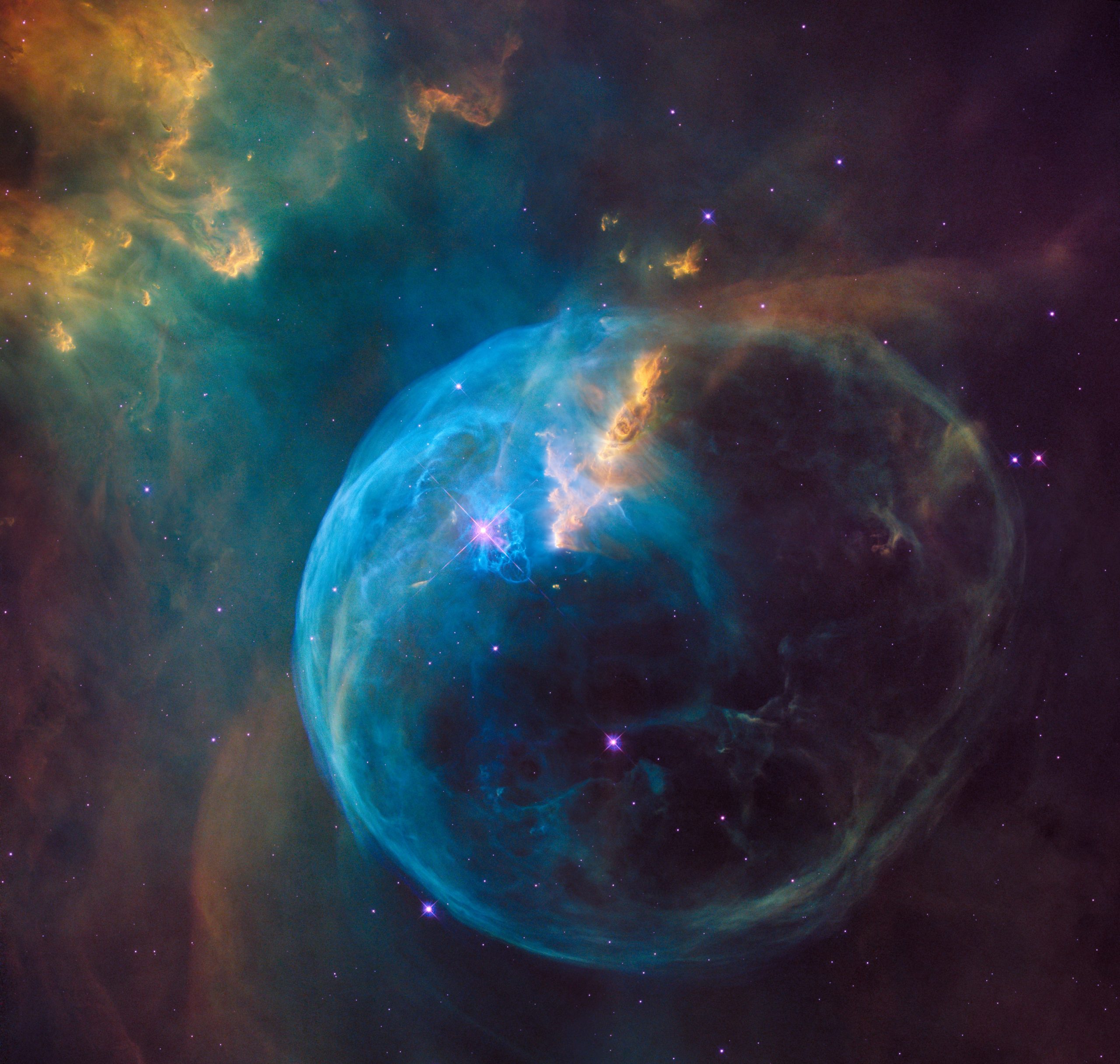Moonlight Explained: The Science and Magic Behind Earth’s Illuminating Companion
There’s something ethereal and captivating about the moon. As our closest celestial neighbor, it has been a source of inspiration, wonder, and curiosity since the dawn of humanity. The moon not only creates a mesmerizing sight in the night sky, but it also plays a vital role in Earth’s ecosystems and human culture. In this blog post, we will delve deep into understanding the science and magic behind moonlight.
The Basics of Moonlight
To comprehend moonlight fully, we need to grasp the fundamental principles that govern the relationship between the Earth, moon, and the Sun. The moon is essentially a satellite of the Earth, and it shines by reflecting sunlight. As it orbits around our planet, the angle between the Sun, Earth, and the moon changes, leading to the different moon phases we observe from Earth.
When the moon is positioned between the Sun and Earth, we witness the new moon phase, where the side facing us receives no direct sunlight. As the moon continues its orbit, more of its illuminated side becomes visible, leading to the crescent, quarter, gibbous, and finally, the full moon phase.
The Moon’s Surface and Reflection of Sunlight
The moon’s surface, covered with rocky terrains and powdery soil, plays a crucial role in the reflection of sunlight. The surface is covered with a layer of fine dust known as regolith, which comprises tiny particles that scatter sunlight in all directions.
Although the moon may seem devoid of color to the naked eye, close examination reveals traces of subtle hues. The moon’s reflectance spectrum indicates that it reflects more red light than blue, giving it a slightly reddish tint during certain moon phases.
Another fascinating aspect of moonlight is known as Earthshine. As sunlight reflects off our planet, some of it bounces back towards the moon. This phenomenon causes a faint glow on the dark side of the moon, illuminating it and giving it a delicate, ghostly appearance during certain stages of the moon’s cycle.
Moonlight Intensity and Variations
While we typically associate the moon with a serene, silvery glow, its intensity can vary significantly depending on various factors.
1. Moon Phase: The moon’s phase impacts the brightness of moonlight. During a full moon, when the moon is fully illuminated, moonlight is at its most intense. However, during other phases, such as the crescent or quarter moon, the moon appears less bright due to the reduced amount of illuminated surface area.
2. Earth-Moon Distance: The moon follows an elliptical orbit around the Earth, causing its distance from our planet to fluctuate. As a result, the moon’s apparent size and brightness can vary. When the moon is closest to Earth (known as perigee), it appears larger and brighter, leading to what is popularly called a “supermoon.”
3. Atmospheric Conditions: The Earth’s atmosphere plays a critical role in the appearance of moonlight. The molecules and particles present in our atmosphere scatter the shorter wavelengths of light, such as blue and green, resulting in the famous blue sky during the day. This scattering effect also slightly influences the color and brightness of moonlight, where it may appear slightly redder than expected due to the scattering of blue light.
Moonlight’s Influence on Earth
Moonlight extends beyond its enchanting appearance, impacting various aspects of our planet.
1. Nighttime Illumination:
Perhaps the most apparent effect of moonlight is providing illumination during dark nights. Before the advent of artificial lighting, moonlight played a crucial role in lighting our surroundings, aiding travel and nocturnal activities.
2. Tidal Forces:
Gravitational interactions between the moon, Earth, and the Sun result in tidal forces. While the Sun’s gravitational pull also contributes, the moon has a more pronounced influence due to its proximity. Tidal forces cause the rise and fall of ocean tides, facilitating various ecological processes and shaping coastal landscapes.
3. Biological Effects:
Moonlight’s influence extends to biological rhythms and behaviors in numerous species. Nocturnal animals, for instance, rely on moonlight to navigate and forage during the darkness. In addition, certain plants are sensitive to moonlight, with studies suggesting its role in flowering and growth patterns.
4. Cultural Significance:
Moonlight has held immense cultural significance throughout history. Mythologies, folklore, and religious beliefs across different cultures often feature the moon as a symbol or deity. From werewolves in folk tales to the Islamic lunar calendar, moonlight has shaped human culture, art, and celebrations.
Embracing Moonlight’s Magic
The beauty of moonlight lies not only in its scientific explanations but also in the sense of wonder and inspiration it evokes. Whether it’s a moonlit walk on a summer night or gazing up at the moon’s radiant glow during a lunar eclipse, the moon’s magic continues to captivate us.
While we unravel the mysteries of moonlight with scientific understanding, let’s not forget to cherish the awe it brings to our lives. Next time you catch a glimpse of the moon illuminating the night sky, take a moment to appreciate the harmony between the celestial bodies and the bond we share with our cosmic companion.
So, the next time you find yourself mesmerized by the moon’s gentle glow, remember that science and magic intertwine to create the captivating phenomenon known as moonlight.
Table of Contents
